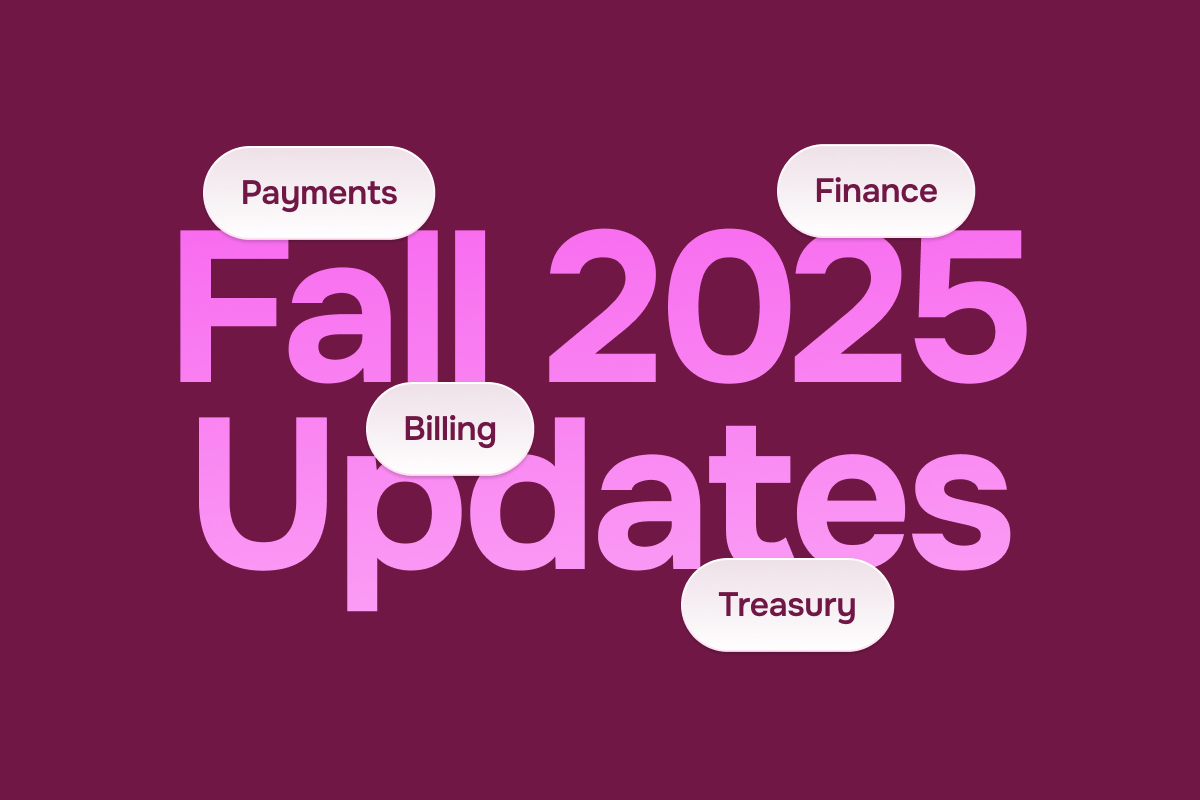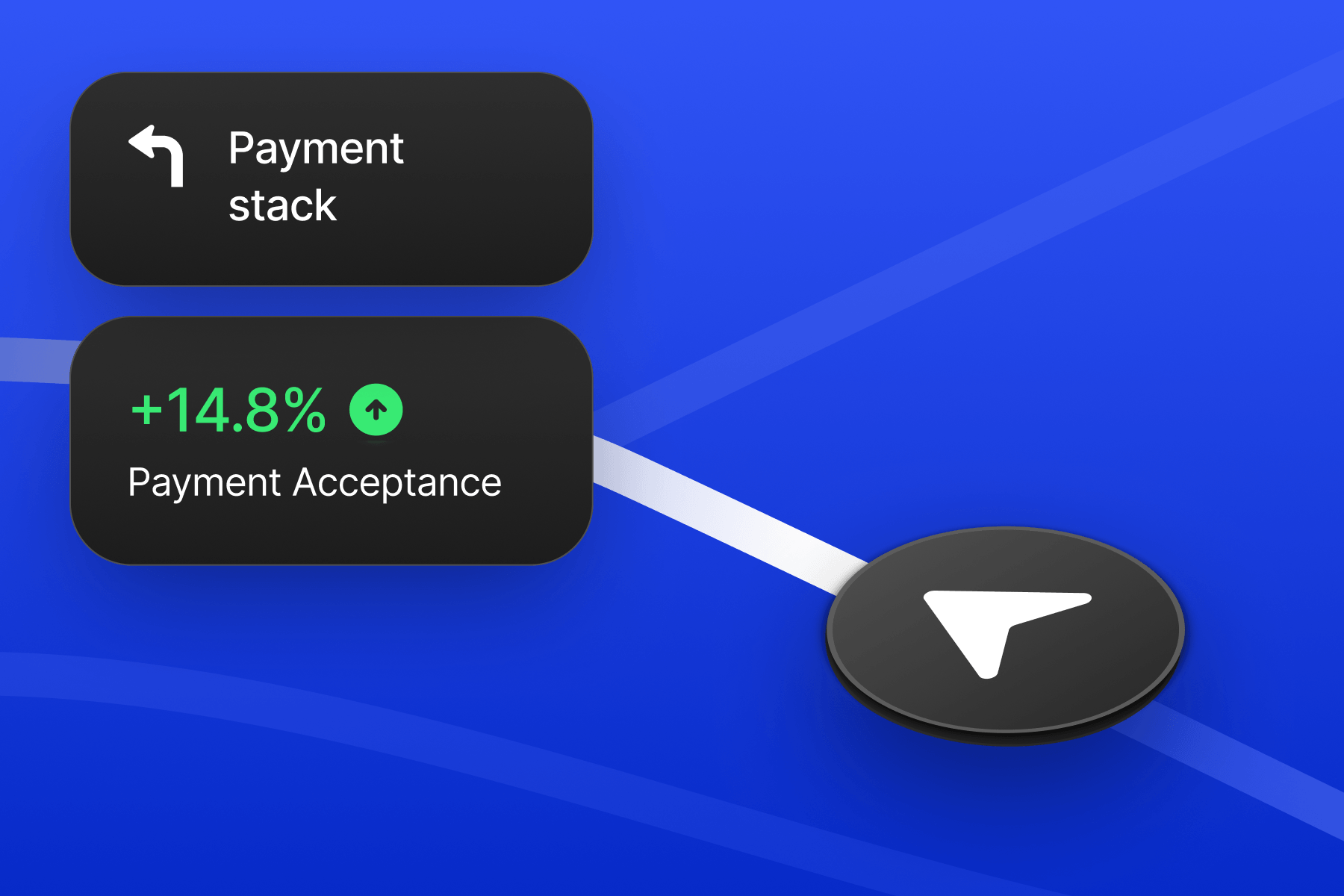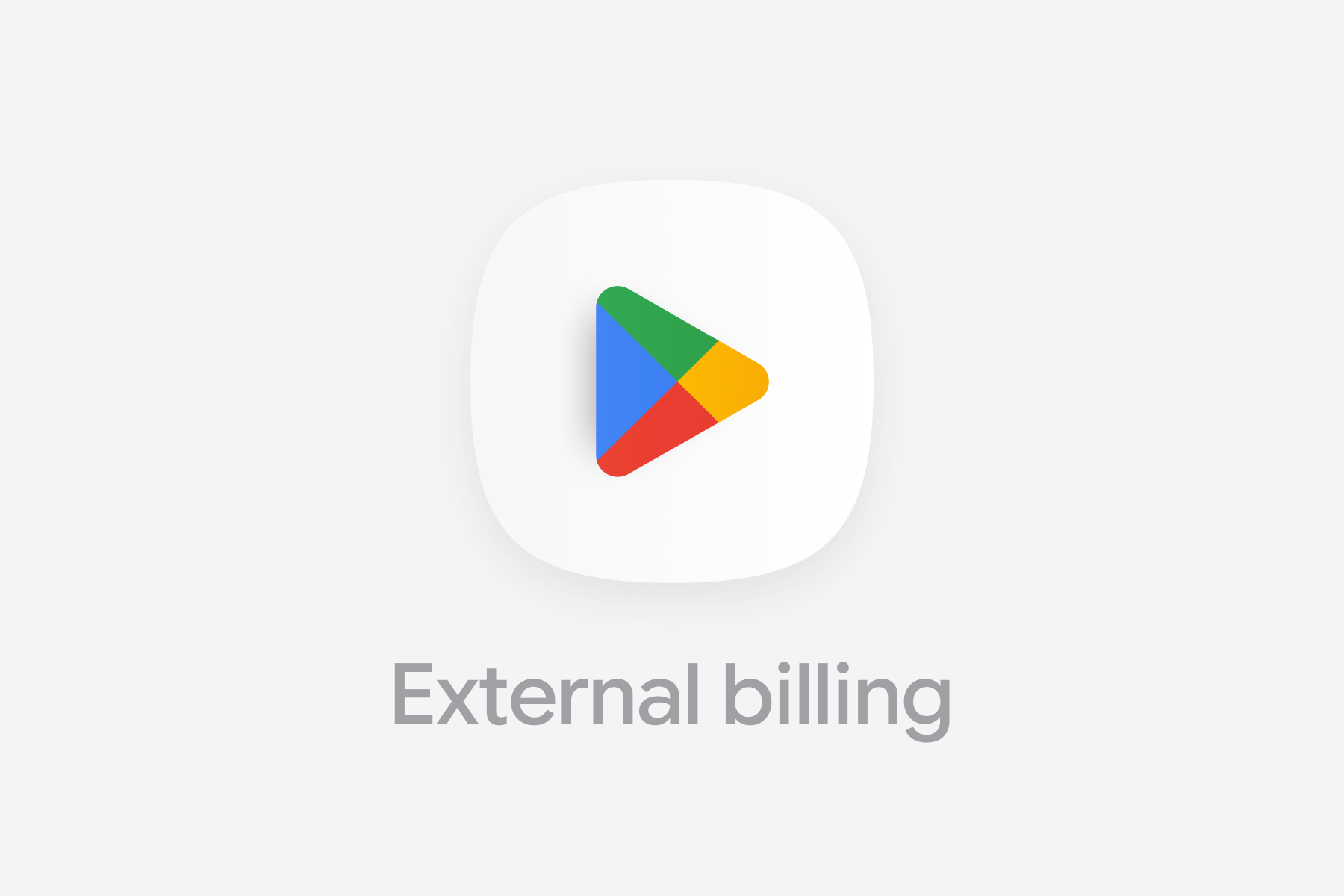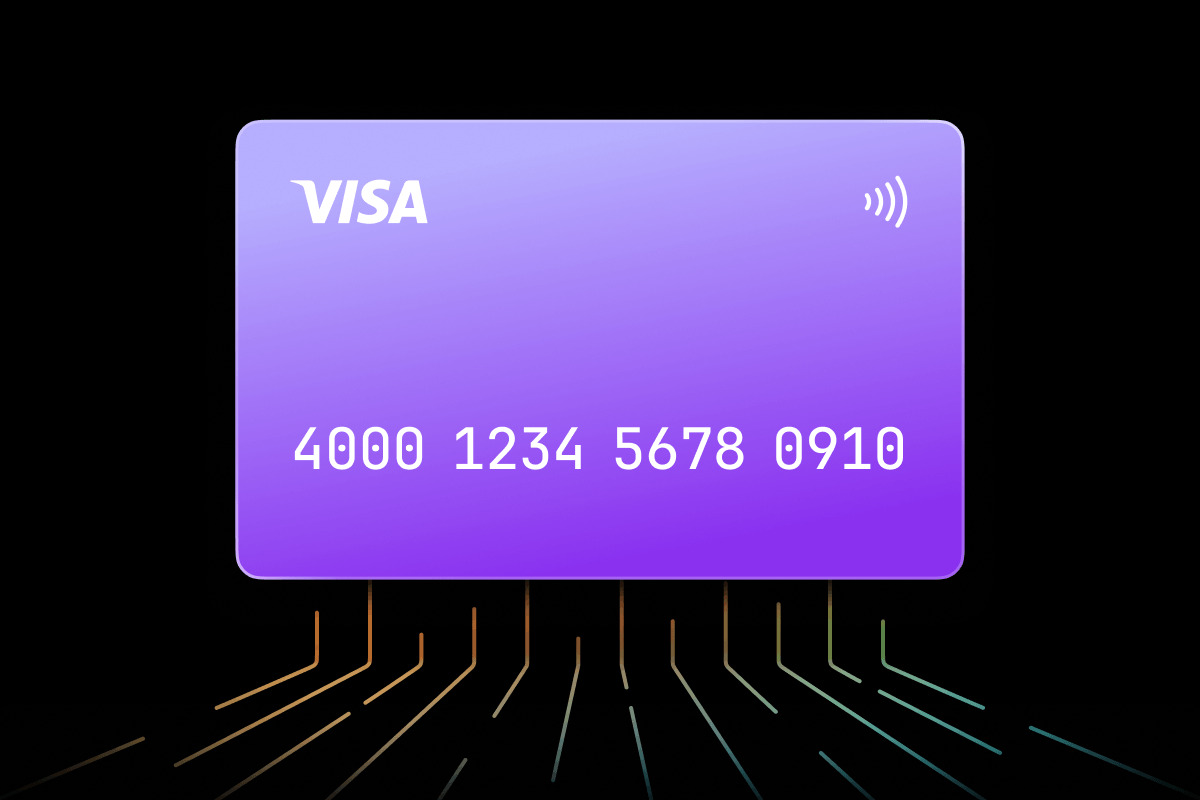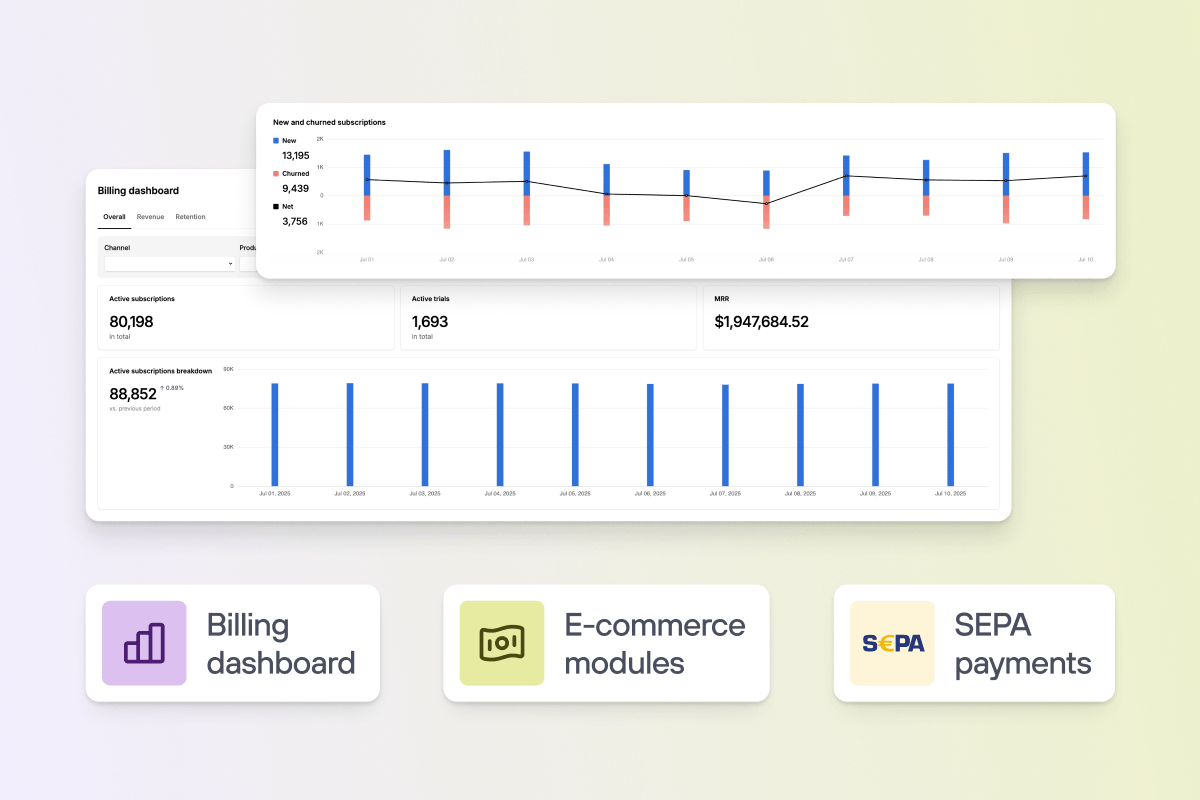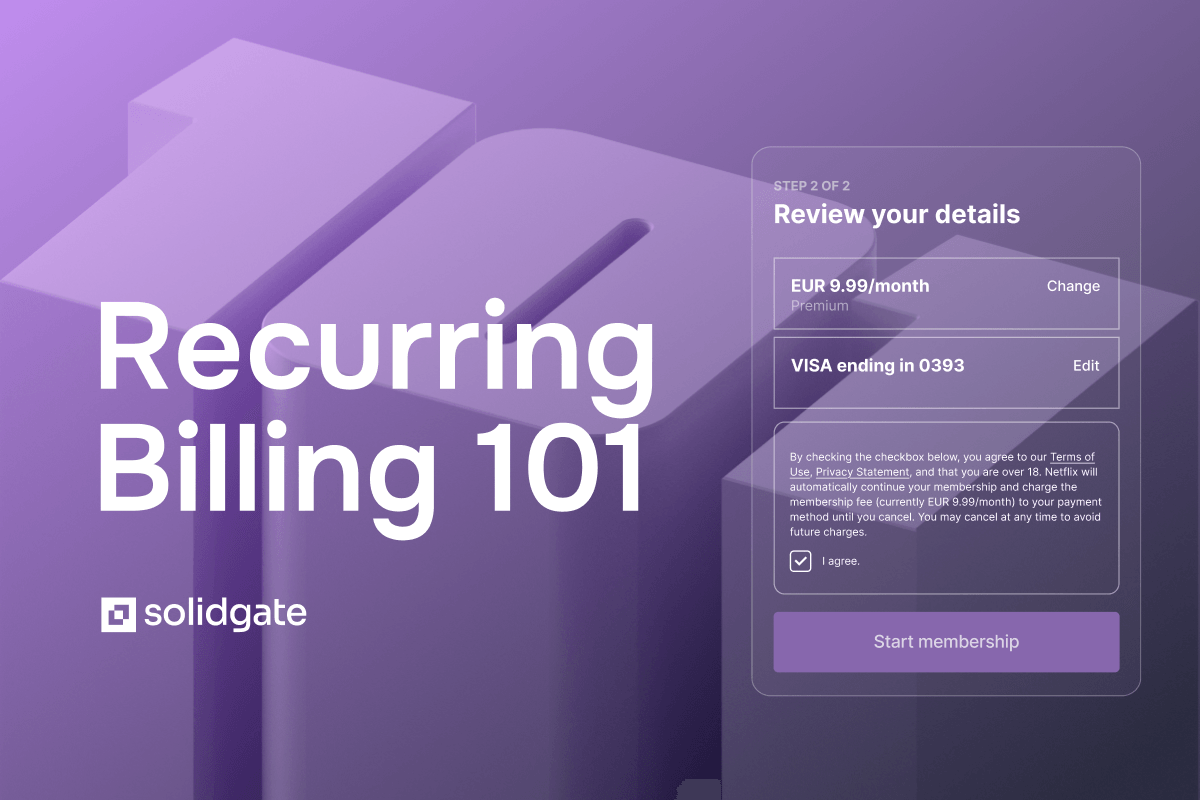Alternative payment methods explored
Payments 101
13 Oct 2024
9 min
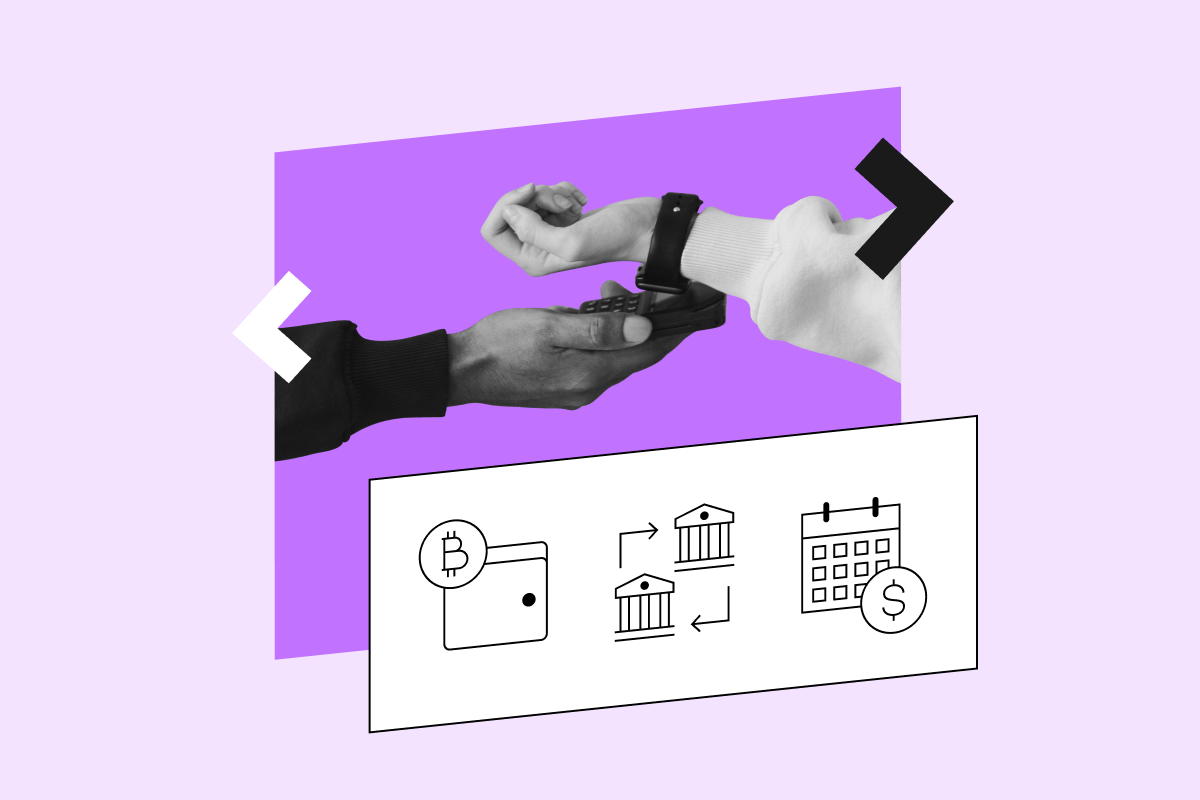
Convenience, global reach, and stronger conversions—our APM guide explains mobile wallets, BNPL, and vouchers to help you win more customers worldwide.
Since their invention, we’ve always trusted cash and credit or debit cards to be reliable payment methods. Yet, consumers have grown accustomed to using other payment methods that are more convenient and provide better protection for money - alternative payment methods (). According to Oxford Economics, 56% of buyers said that it would permanently put them off shopping on a site if they couldn’t use their preferred payment method.
In this article, we’ll explore alternative payment options, including their types, history, and geographic variations. We’ll also highlight the advantages of these methods and best practices for leveraging local options to enhance your business operations.
What are alternative payment methods?
Alternative payment methods (APMs) are forms of payment that don’t involve cash or any credit card provider. Some of the most common examples of alternative payment methods worldwide include:
- Digital wallets
- Prepaid cards
- Cash-based vouchers
- Bank transfers like iDEAL & POLi in the Netherlands and Australia, respectively
Most of these APMs are primarily used for online payment and, thus, are essential for businesses looking to expand their global reach. With the many available options, customers have adopted a preferred payment method. The absence of a specific site would discourage purchasing power.
Types of alternative payment methods

Mobile payments
These are payments made via the user’s smartphone using mobile payment apps. Customers make transactions via a contactless interface, SMS, or QR code. Some of the most popular mobile apps include:
- Xoom
- Square Cash
- QuickBooks Go Payment
The first mobile payments were made by SMS in the late 90s and early 2000s. Finnish Merita Bank was one of the first financial institutions to offer SMS-based banking in 1997. In 1999, PayPal started offering internet transfers, and in 2001, you could order a Domino’s pizza by SMS. It wasn’t until Square launched in 2009, and then Google Wallet in 2011, and Apple Pay in 2014, that we saw the birth of modern mobile payment apps.
Mobile payment apps allow you to securely link your credit card or debit card to your device. Then, to make a payment, you tap the payment terminal with your phone. You can also use mobile payment apps to send and receive money instantly without having to make a manual bank transfer.
The app facilitates the transaction between the two banks. Mobile payment apps, like other alternative payment solutions, are fast and low-cost.
Digital wallets
Also called e-wallets, let users make contactless payments. These platforms allow you to store your credit and debit cards, boarding passes, store coupons, gift cards, loyalty cards, and tickets. The wallets also eliminate the need to carry an actual wallet with your cards or cash. Examples of common digital wallets include:
- Apple Pay
- Google Pay
- PayPal
- Samsung Pay
- Venmo
- Alipay
- Cash App
Bank transfers
Bank transfers or wire transfers let clients pay for online purchases by sending money directly from their bank account to the business’s bank account. They’re fast and secure, eliminating the need to go to the physical bank.
Payment installments
This type of APM allows online shoppers to purchase items and pay for them later. The installments are available through financial options.
A commonly used payment installment method is the buy-now-pay-later () scheme. It allows consumers to pay the entire amount later or make monthly installments. Still, these services are only available for users with approved credit. Some popular BNPLs include:
- Klarna
- PayPal Credit
- Afterpay
Direct debit payments
This APM is suitable for recurring payments from subscription-based services like Netflix, Amazon Prime, and Spotify. Users authorize these services to withdraw a fixed amount of money directly from their bank accounts for a specified period.
For a direct debit to work, the customer first needs to give the business permission to collect money from their bank account. This can be in the form of written or electronic authorization. Then the business will create a direct debit and send it to their bank. The business’s bank will collect the direct debit from the customer’s bank on the date agreed upon in the authorization form.
Direct debit is a great way for businesses to control their cash flow and reduce their accounts receivable. At the same time, customers can automate their payments and don’t have to worry about making manual payments every month.
Direct debit is used by a wide range of businesses, including gyms, law firms, property management companies, SaaS businesses, and childcare centers. Despite offering many benefits, direct debits are only used by 1.2% of people around the world, but are most popular in Europe, with a 4% usage rate.
Carrier billing
With carrier billing, you purchase goods and then add the expense to your phone bill or deduct it from your pre-paid credit. This payment method is popular in countries with a high unbanked population and low credit card usage. To make a payment via carrier billing, you enter your mobile number during online checkout. You can currently use carrier billing to purchase a Spotify subscription.
Prepaid vouchers
A prepaid voucher is a physical card that has a specific amount of money loaded onto it. You can buy them from retail stores, for example, major supermarkets, and then use them to make online and offline purchases.
They work similarly to debit cards, except they aren’t linked to a bank account. Instead, you need to add money to them. When making a purchase online, you enter the numbers online, or you can swipe or tap the card when in-store shopping. The most common types of prepaid vouchers include:
- Paysafecard
- Mastercard Prepaid Gift Card
- Visa Prepaid Card
Virtual cards
A virtual card is a disposable credit/debit card number that is linked to your existing card but often expires after a single transaction or within 24 hours of being issued. To make an online payment, type in the new virtual card numbers, and your original card will be charged. To make an offline purchase, add your virtual card to Google or Apple Pay and tap with your device.
With a virtual card, you don’t have to share your real credit/debit card with a business. This makes them one of the most secure alternative online payment methods. Virtual cards can be generated instantly and for free via your banking app.
History of alternative payment methods
It wasn’t until the introduction of the Internet in the mid-’90s that APMs came to be. Companies like Amazon and eBay were the pioneers of this online payment space that was more secure than traditional payment methods.
Mid-90’s
The first ever e-commerce transaction was made as an online pizza purchase from Pizza Hut in 1994, which began the chain of many other APMs. In 1997, Coca-Cola introduced the first digital wallet, Dial-a-Coke, in Helsinki, allowing customers at the airport to purchase items from a vending machine via text message. Dial-a-coke became the first mobile payment and APM ever.
Early 2000’s
PayPal came into play in 2000 by becoming one of the first digital payment systems that permitted payments via the user’s email address. Alipay appeared in 2003, allowing money transfers between strangers. As telecoms were incorporated into the online payment space in 2007, Safaricom invented M-Pesa, a mobile-to-bank innovation in Kenya. This service allowed consumers to make payments without bank accounts.
Cryptocurrency emerged in 2009, with Bitcoin as the first-ever decentralized digital currency, ushering in the new era of blockchain technology. In 2011, Apple, Google, and Facebook joined the P2P fintech environment with Google Pay and Facebook Credits, allowing wire transfers between businesses globally.
2017 saw an increase in the number of players in the APM landscape. Companies like Klarna and Afterpay advertised their concept of Buy Now, Pay Later. This new and flexible payment method was built around payment installments rather than standard credit.
Global payment methods
Despite their increasing popularity, e-commerce alternative payment methods can be broken down, especially in new regions. Asia, for example, offers a broader range of payment methods, while Europe is limited to mostly credit or debit cards and PayPal.

Benefits of alternative payment methods
Enhanced sales
The average documented . To be fair to e-commerce companies, a larger portion of cart abandonment results from user' browsing habits on their websites. Many users window-shop on online stores, creating shopping carts for future purchasing without the intention of checking out.
Still, other users forgo hours sorting through your inventory because the is too complicated. Asking these consumers to fill out more information about themselves is overwhelming. It results in an increased rate of abandoned shopping carts.
APMs make transactions quick, easy, and secure, removing barriers to sales. As a result, your store’s online purchases shoot up because users can check out immediately without stressing about the payment method.
Accepting alternative payments simplifies the process. Removing unnecessary fields from the business forms and utilizing PayPal as one of the primary money transfer methods automatically deducts the intended amount from their PayPal accounts.
All they need to do is enter their email and confirm their subscription. For example, on average, merchants have seen a 46.8% increase (month-on-month) in the number of transactions after they added PayPal Express Checkout as an additional payment method on their sites.
Credit availability also increases sales. APMs like buy now pay later allow potential customers to buy a product on credit from the BNPL payment providers and not the merchant. Such payment options encourage customers to make more purchases by expanding their finances over an extended period.
In case they default, online businesses don’t bear the risks. For example, Klarna, an installment payment app, claims that businesses that have adopted their platform have seen a 45% increase in average order value and a 30% increase in conversion.
Increased security
Credit and debit cards are a convenient payment system for shopping online. Still, using these cards puts you at risk of various security breaches like credit card fraud and identity theft. These cards hold personal and sensitive information, such as your Social Security number. It allows an intruder to make unauthorized purchases by creating fraudulent transaction accounts.
Adopting alternative payment methods lowers payment risks. Services like PayPal and Apple/Google Pay use robust encryption to enhance payment security. You can also secure your sign-in process on these APMs through multi-step authentication, which locks out intruders from accessing your credit card details.
Internationally accepted
Subscription-based businesses may offer limited payment methods, but will always incorporate globally relevant electronic payments from companies like Amazon and PayPal. These APMs let businesses accept cross-border payments worldwide, allowing users from every corner of the earth to make payments online. PayPal, for example, documented a total of as of 2021.
Leveraging local alternative payment methods to enhance your operations
Last but not least, some APMs are localized payment options connected to a domestic economy and sponsored by local banks, currency, mobile operators, and settlements. Examples include BLIK in Poland and Giropay in Germany. They have greatly influenced consumer behavior by altering payment habits and reflecting the local economy’s culture.
For example, in Germany, contactless payments are on the rise thanks to Girocard. Girocard, an online payment system based on online banking, enables contactless payments and , with a growth rate of 21.7%. As such, the growth of these payment methods presents a significant opportunity for businesses and merchants looking to access new territories and enhance their operations. You must offer the right payment services as a business to use these new payment methods successfully.
Transitioning from one territory and expanding into another does have its challenges unless you take the time to research your available options. You must start locally to improve your operations globally. Consumers worldwide value the variety of choices, convenience, and security offered by various APMs.
Begin by providing APMs aligned with local customer expectations to develop a positive user experience and increase your brand loyalty and conversions. On the other hand, cross-border payments are more complex than local options. They comply with different regulatory requirements. You can partner with financial technology companies that help remove the complexity of cross-border payments by aggregating all APMs into a single platform for seamless payments.
Conclusion
Alternative payment methods bridge the gap between businesses and their international clients. If you’re looking to enter new markets globally, you must adopt these APMs to increase conversion abroad and grow your business globally.
You can work with the payment processing platform to boost your international expansion using over 100 globally recognized APMs in a single integration. Solidgate accepts almost any payment method with its unified API. It is easy to set up, has simple integration, and offers .
Frequently asked questions
Alternative payment methods refer to non-traditional ways of making payments that go beyond traditional cash or credit card transactions. They include digital wallets, mobile payments, cryptocurrencies, and other innovative solutions that provide alternatives to traditional payment systems.
Firstly, they often offer enhanced security measures, such as encryption and tokenization. It means they can help protect sensitive payment information. Additionally, APMs can provide greater convenience and accessibility, allowing users to make payments quickly and easily from their smartphones or other devices.
The acceptance of alternative payment methods varies depending on the specific method and geographical location. While some methods, like credit cards and digital wallets, have gained widespread acceptance, others, such as cryptocurrencies, may still have limited acceptance. However, as the popularity and adoption of APMs continue to grow, more merchants and businesses are likely to start accepting these options to cater to evolving consumer preferences.
Recent articles


